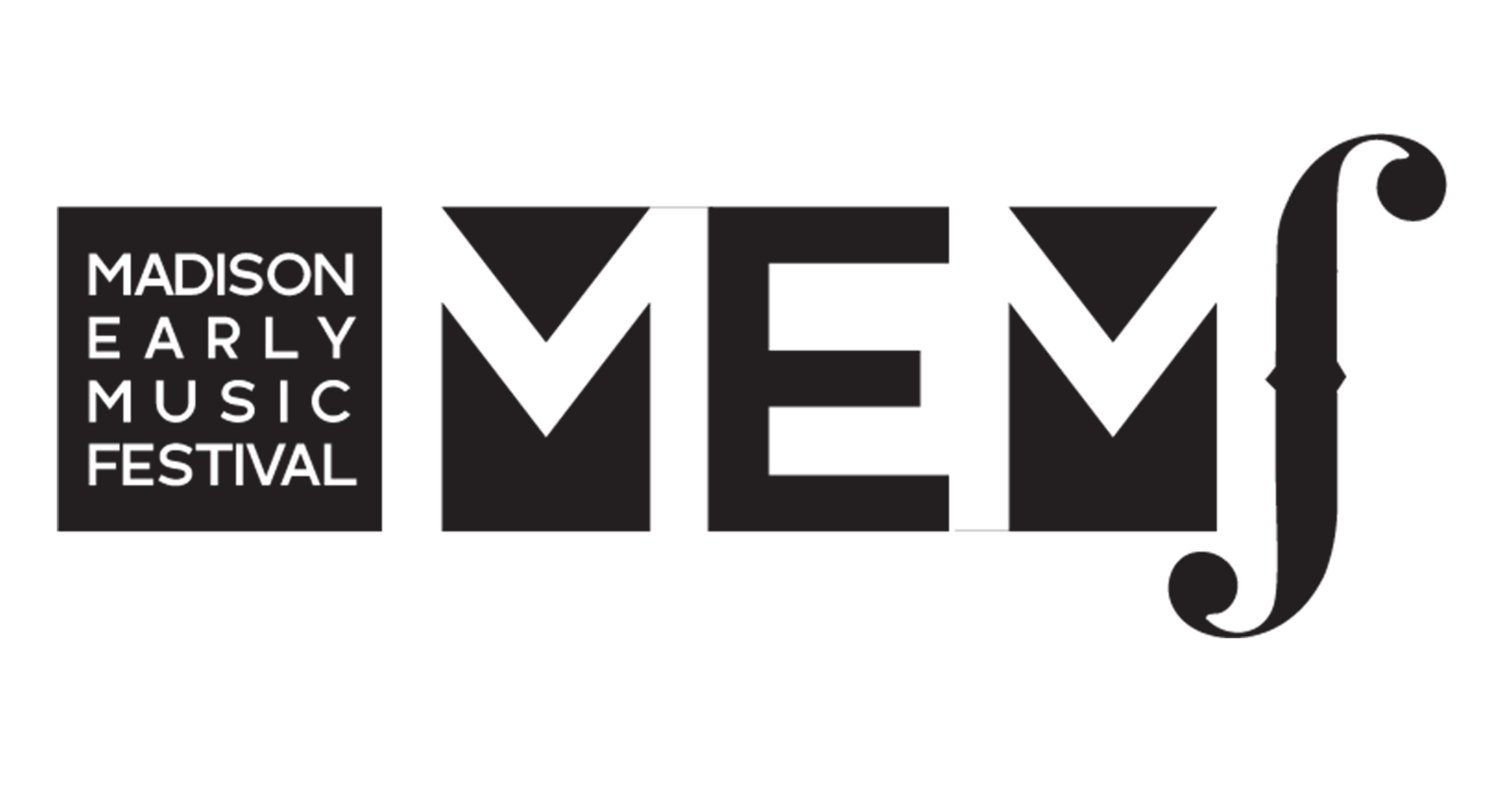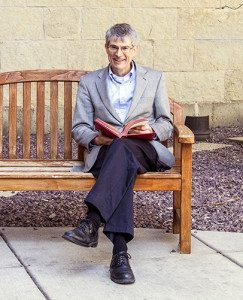
The 2026 Madison Early Music Festival (MEMF) celebrates over 20 years of excellence in early music while inaugurating a new chapter. Since its founding in 2000, MEMF has been a cornerstone of Wisconsin’s musical landscape, bringing international artists, scholars, and students together to explore historical repertoire through concerts, performance classes, and community engagement. The 2026 revival honors this legacy while expanding the festival into an immersive, interdisciplinary experience—uniting Baroque music, dance, visual art, and innovation.
Led by Verità Baroque, the festival features iconic works by Vivaldi, Telemann, and Marais alongside daring collaborations with live electronics, experimental sound, and contemporary composition. Visitors will encounter interactive performances at the Chazen Museum, Baroque dance reimagined, and lectures linking historical tuning systems with modern physics.
A highlight of community outreach will be the Interactive Educational Family Concert, beginning with a Baroque Instruments Petting Zoo and continuing with a story-driven musical journey led by Dr. Zeynep Alpan—designed to inspire curiosity and connect audiences of all ages with the expressive world of Baroque music.
MEMF 2026 unites music, dance, and visual art, revitalizing the interconnected spirit of the Baroque era in a fully multisensory festival that honors tradition while looking to the future.
MEMF Schedule of Events
Single event tickets:
Full price: $35
Senior: $30
Students: Free (ticket required)
Weekend pass (includes one ticket to all three ticketed events):
Weekend pass – Full Price: $90
Weekend pass – Senior: $75
Weekend pass – Student: Free (tickets required)
The Storm of Emotions – Verità Baroque
Friday, January 23, 2026, 7:30 pm
Collins Recital Hall, Hamel Music Center
Purchase tickets
Hailed by the BBC as “fearless in expression and musically irresistible,” Verità Baroque launches its first American tour with A Tempest of Emotions, a journey through the unleashed forces of nature and the human soul. Each work explores emotion in its rawest form: impetuous, mysterious, uncontrollable.
Immersive Art Experience with Verità Baroque
Saturday, January 24, 2026, 11 am
Chazen Art Museum
Free | No ticket required
Verità Baroque transforms the galleries of the Chazen Museum of Art into a living stage, creating a multisensory encounter with visual art. Musicians are placed throughout the museum, filling each room with live Baroque sound as visitors move from gallery to gallery.
Quantz & Physics Lecture Recital
Saturday, January 24, 2026, 7:30 pm
Collins Recital Hall, Hamel Music Center
Purchase tickets
This interdisciplinary program combines a physics lecture by Professor Dr. Elio J. König with a concert by Verità Baroque, exploring the incommensurability of acoustic waves, Baroque-era tunings, and reflections on quantum mechanical wave theory. Presented in honor of the centenary of Schrödinger’s equation, the evening bridges history, science, and innovation in a unique celebration of art and discovery.
Interactive Educational Family Concert
Sunday, January 25, 2026, 11 am
Lee/Kaufman Rehearsal Hall, Hamel Music Center
Free | Ticket required (tickets available soon)
MEMF invites families to a lively, hands-on Baroque adventure designed for all ages. The event begins with a Baroque Instruments Petting Zoo, where children and adults can see, hear, and even try instruments—each introduced as a playful “animal character” with its own unique voice and personality.
Student Showcase Concert & Dance Performance
Sunday, January 25, 2026, 7:30 pm
Collins Recital Hall, Hamel Music Center
Purchase tickets
MEMF concludes with a celebratory Student Showcase Concert, highlighting the creativity, growth, and collaboration of participants throughout the festival. Students from UW–Madison and beyond will share the results of their work in masterclasses, workshops, and rehearsals with international guest artists.







